Children's skin is more delicate than adults', with lower sebum secretion and a thin stratum corneum, making it highly sensitive to external stimuli. Consequently, children's hands are prone to dryness, roughness, and even slight cracking, especially during the fall and winter months or when exposed to frequent water and detergents. To protect their children's delicate hands, parents should prioritize natural, safe, and gentle hand creams when choosing one. This article will comprehensively cover the characteristics of children's skin, the effects of hand creams, analysis of natural ingredients, a buying guide, and proper usage instructions to help parents choose the most suitable hand cream for their children, ensuring healthy, soft, and hydrated hands.
1. Unique Characteristics of Children's Skin
Children's skin, especially infants and toddlers, exhibits the following characteristics compared to adult skin:
Thin stratum corneum: Children's skin has only half the stratum corneum of adults, resulting in a weak barrier function and greater susceptibility to external irritants.
Low sebum secretion: Hands have fewer sebaceous glands, resulting in a lower natural moisturizing capacity, making them prone to dryness and flaking.
Sensitive skin: Children's skin is more sensitive to chemicals, fragrances, preservatives, and other chemicals, and even the slightest irritation can cause rashes or itching. Susceptible to environmental influences: Temperature, humidity, air pollution, and other factors can cause dryness or skin irritation on children's hands.
Therefore, when choosing a hand cream for children, safety, gentleness, and low irritation are crucial.

2. The Functions of Children's Hand Cream
High-quality children's hand cream is more than just a moisturizer; it also performs multiple skincare functions:
Moisturizing: Moisturizing ingredients in hand cream, such as glycerin, hyaluronic acid, and propylene glycol, replenish moisture and relieve dryness on children's hands.
Moisturizing: Natural oils like shea butter, coconut oil, and beeswax form a protective film on the surface of the hand skin, effectively locking in moisture and preventing water loss.
Repairing Damaged Skin: Active ingredients like ceramides and vitamin E in children's hand cream can repair minor cracks and damaged stratum corneum, strengthening the skin's barrier function.
Soothing Sensitivity: Naturally formulated children's hand creams are gentle and non-irritating, alleviating the discomfort caused by dryness and making them suitable for children with sensitive skin. Preventing Dryness and Roughness: Long-term use of hand creams with natural ingredients can prevent dryness, roughness, and chapped hands on children, keeping them soft and supple.
3. Analysis of Natural Hand Creams for Children
Natural ingredients are key to ensuring safety and gentleness in children's hand creams. The following are common natural ingredients and their uses:
Shea Butter: Rich in vitamins A and E, it moisturizes and repairs the skin, making it ideal for dry hands.
Coconut Oil: A natural moisturizer that helps lock in moisture and has mild antibacterial properties.
Glycerin: A highly effective moisture-absorbing moisturizer that replenishes moisture and keeps hands soft.
Hyaluronic Acid: An excellent moisturizer that can absorb hundreds of times its weight in water. Long-term use keeps children's hands hydrated and smooth.
Beeswax: A natural barrier ingredient that prevents moisture evaporation while being safe and gentle.
Vitamin E: A natural antioxidant that repairs damaged skin and relieves minor dryness and cracking. Natural children's hand creams typically contain no fragrance, alcohol, mineral oil, or preservatives, minimizing the risk of skin irritation and making them suitable for daily use.
4. Children's Hand Cream Buying Guide
When purchasing children's hand cream, parents should consider the following:
Focus on ingredient safety: Choose hand creams labeled "natural," "hypoallergenic," and "fragrance-free and colorant-free." Avoid ingredients that may irritate children's skin, such as mineral oil, silicone, and preservatives.
Choose a texture based on the season: Winter or dry seasons: Choose a moisturizing or thicker hand cream to keep hands hydrated. Summer or humid seasons: Choose a lighter hand cream to avoid a greasy feel and a stuffy feel.
Suitable for children with sensitive skin: For babies with sensitive skin, choose a children's hand cream specifically formulated for sensitive skin to ensure gentleness and non-irritation.
Reputation and safety certification: Choose brands with safety certifications or clinical validation for a good reputation and safe, reliable ingredients. Age Range: The hand skin of infants and toddlers differs significantly from that of older children. For infants and toddlers, we recommend using a hand cream with a gentler, faster-absorbing formula.
5. How to Use Children's Hand Cream
Proper use of hand cream maximizes moisturizing effects:
Apply after washing hands: Apply hand cream after washing and drying hands to allow the skin to better absorb nutrients and moisture.
Use Moderately: Apply a pea-sized amount of hand cream and evenly apply to the hands, backs of hands, and between fingers.
Gently massage: Use the palms of your hands to gently massage for 2-3 minutes to allow the cream to fully absorb.
Nighttime Enhanced Care: Apply a thick layer of hand cream before bed and wear cotton gloves to accelerate the repair of dry, cracked hands, leaving hands softer upon waking.
Daily Repeated Use: Reapply as needed when outdoors, after washing hands, or during dry seasons to keep hands moisturized.
6. Daily Hand Care Tips
In addition to hand cream, daily habits can help children maintain healthy hands:
Maintain indoor humidity: Using a humidifier during dry seasons helps maintain skin moisture. Eat a balanced diet: Consume foods rich in vitamins A, E, and omega-3s, such as carrots, nuts, and deep-sea fish, to support healthy skin.
Avoid over-cleansing or exfoliation: Children's skin has a thin stratum corneum. Excessive cleansing or exfoliation can damage the barrier and increase the risk of dryness.
Children's hands are delicate and prone to dryness and cracking. Choosing a safe, gentle children's hand cream with natural ingredients, combined with scientific hand moisturizing methods, can effectively improve dryness, roughness, and minor cracks. Natural ingredients like shea butter, coconut oil, glycerin, and hyaluronic acid can provide ample moisture to children's hands and lock in moisture. Long-term use can keep children's hands soft, hydrated, and healthy.
Parents should carefully choose a hand cream suitable for their age group and skin type, pay attention to ingredient safety and reputation, master the correct application method, and incorporate daily care tips to keep their children's hands soft and supple even in dry seasons. Natural children's hand cream not only moisturizes but also gently protects children's delicate skin, helping them avoid dry hands as they grow.
As a professional children's hand cream supplier, Health & Beyond consistently uses natural ingredients to ensure their products are gentle, safe, and non-irritating, specifically designed for babies' delicate skin. Combining scientific hand moisturizing methods with gentle formulas, Health & Beyond's hand creams effectively relieve dryness, roughness, and minor cracks, keeping children's hands soft and hydrated, providing parents with a safe and reliable skincare option.








 Previous news
Previous news
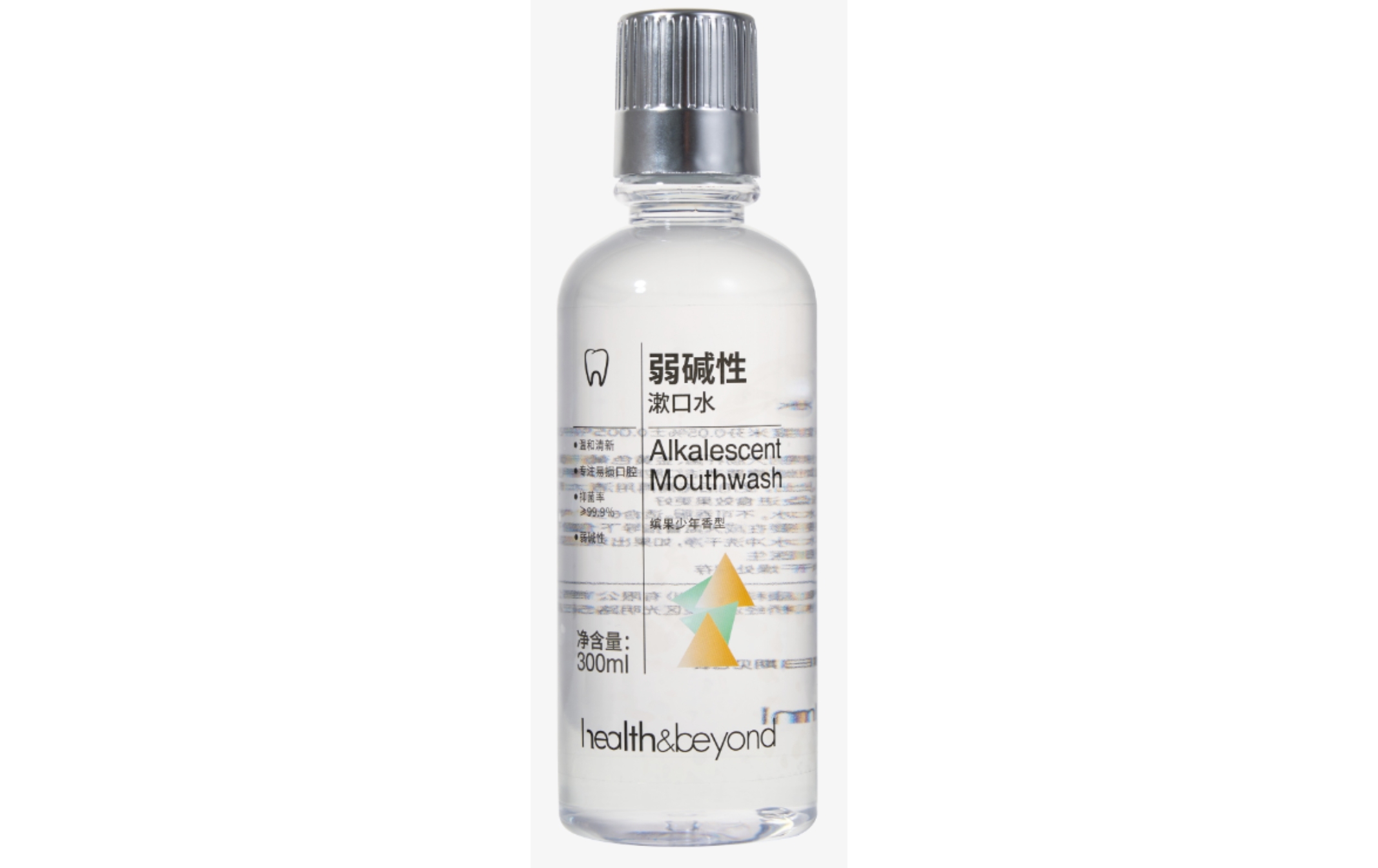
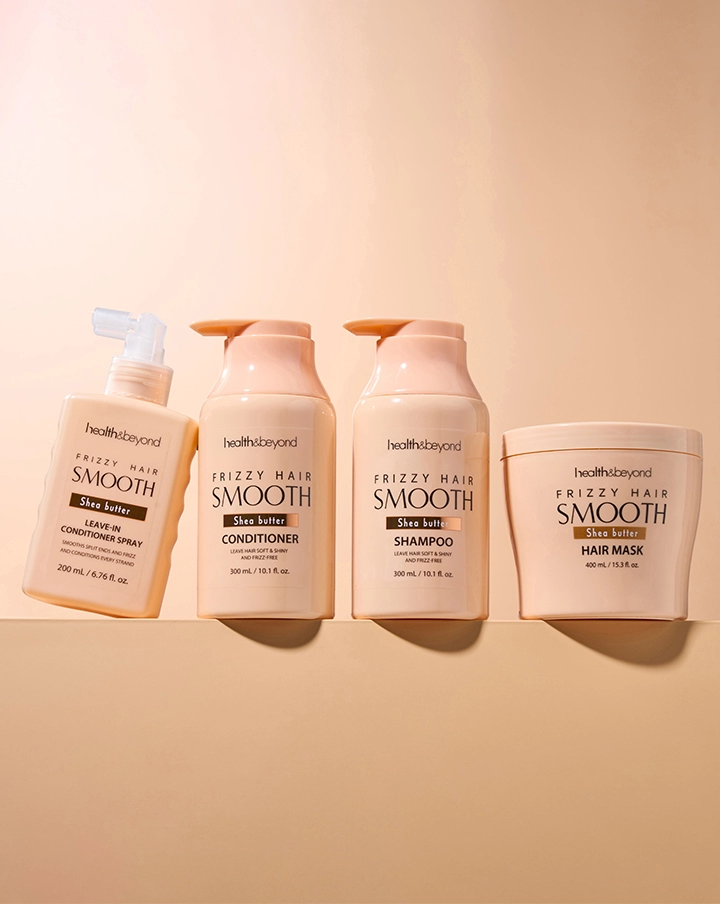
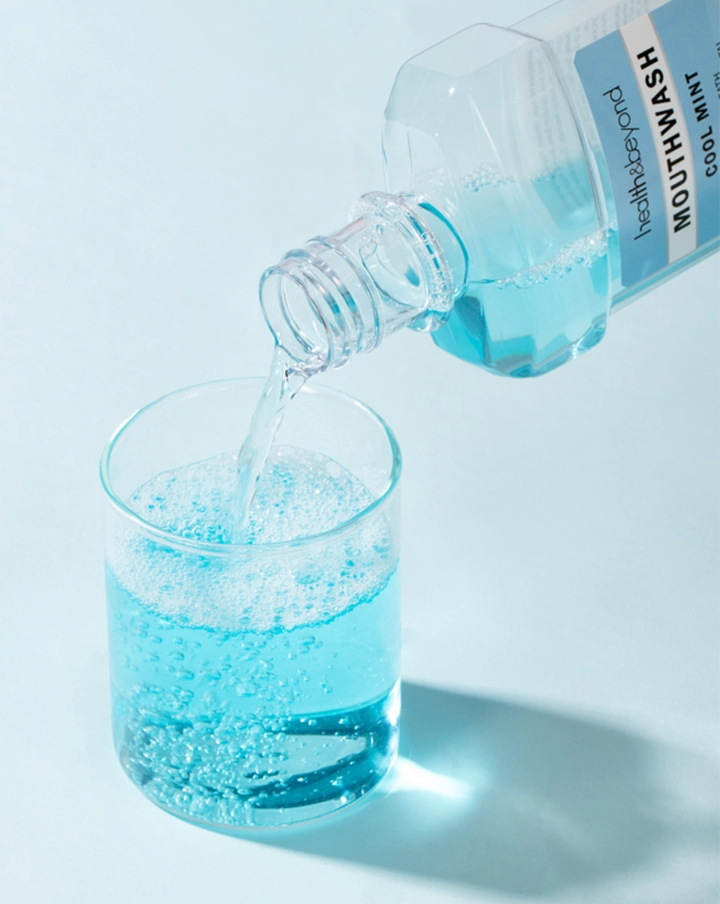
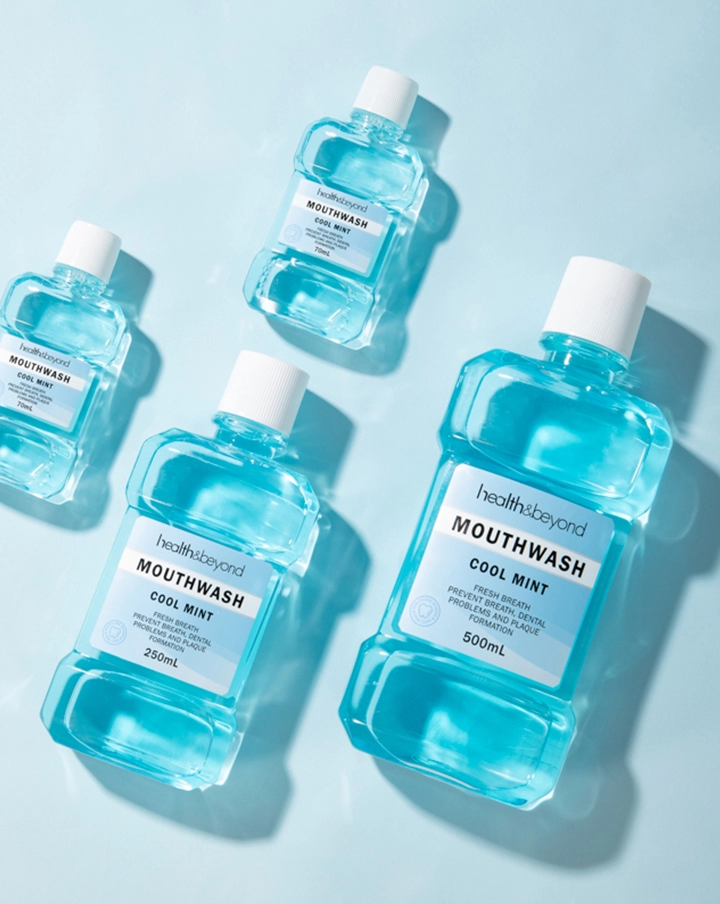
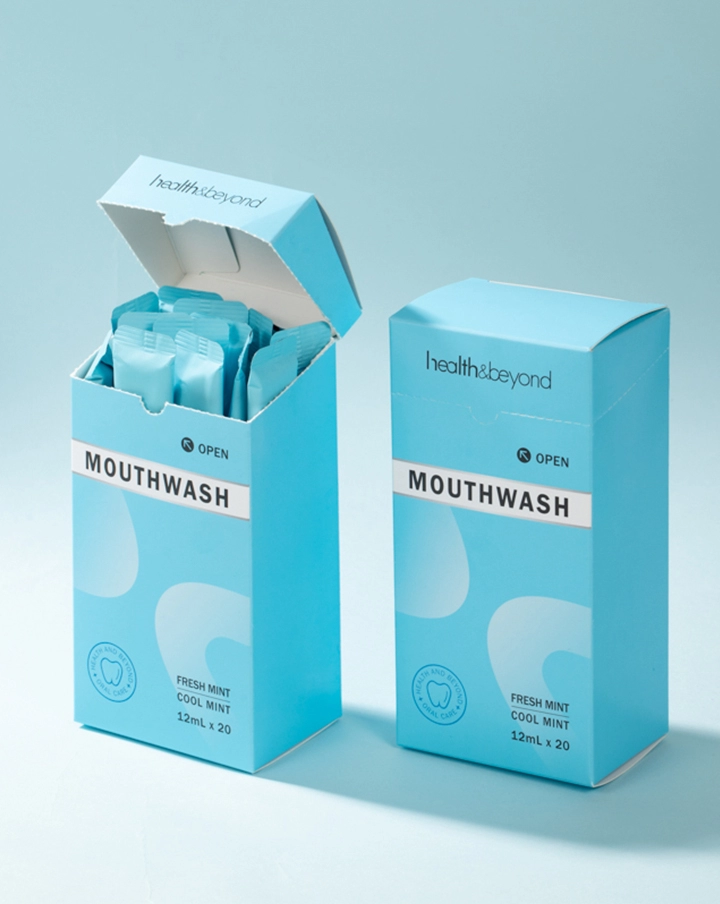

 WhatsApp
WhatsApp